Red Bull Photography recently joined our community with a verified brand profile of their own. This partnership isn’t just about amazing photography — it’s also about amazing stories. Behind every shot on Red Bull Photography is a talented photographer, a wild story, and a few lessons learned. We’ll be telling those stories every week here on 500px ISO and the Red Bull Photography website.
For the very best in digital image quality, photographers used to always turn to medium-format cameras. These hefty machines offered more pixels than DSLRs and were engineered to deliver the sharpest possible images. While this is still true, the performance gap between DSLRs and medium-format cameras has narrowed considerably over the last few years.
DSLRs with resolutions between 35-50 megapixels are available for a fraction of the price of their medium-format counterparts. They are faster, lighter, better in low light and have a larger selection of lenses and accessories. So does this signal the death of more costly, less flexible larger-format cameras?
Not necessarily so. Medium format is fighting back by turning away from CCD sensors, which are not as capable in low light, and embracing CMOS instead – the same technology that’s used in DSLRs. This means cameras like Hasselblad’s H5-50C can now offer great image quality at very high ISO settings, freeing them from the studio and making it a useful tool for available light photography.
But the question still remains: why would you use such a camera when a Canon EOS 5DS R can do the same job for less money? Many photographers continue to use medium-format because of the look and feel that it gives their images.
This is something that’s very hard to define, and if you ask a Hasselblad, Mamiya, or PhaseOne owner to explain it you’ll hear lots of ill-defined, subjective phrases, like ‘more immersive’ and ‘greater depth.’ But the medium-format look is real and originates from the more limited depth of field we see when using larger formats.
It goes like this: since the sensor (or film) in a medium-format camera is much larger than you’d find in a full-frame DSLR, lenses with an identical focal length will give a wider angle of view when used on a medium-format than they will on a DSLR. This means you’d need to stand closer with a medium-format camera than you would with a DSLR to get the same image and, when you narrow the distance between subject and camera, you also narrow the depth of field.
Furthermore, there is a direct relationship between depth of field and sensor size: for the same angle of view, the larger the sensor size the shallower the depth of field.
For example, consider a full-frame DSLR and a 645 medium-format camera, each fitted with a 50mm lens. To get the same shot on both of these set-ups we must stand closer with the medium-format camera, which narrows the depth of field.
Creating shallow focus is important for portrait photographers, who want to let their subjects stand out by making the background blurred, and this is hard to do with short focal-length lenses. So when you see a portrait shot from a wide-angle viewpoint, and the background is nicely blurred, this is an example of what photographers are talking about when they sing the praises of medium format.
Despite being hard to describe, look and feel is an area where medium-format can compete with DSLRs confidently, as the smaller format cannot pull off the same tricks without breaking some of the laws of physics. It’s the same principle that makes full-frame DSLRs more popular with professionals than cropped-sensor DSLRs and enables all DSLRs to create more characteristic images than compact cameras and smartphones, which have tiny sensors and very short focal-length lenses.
To go even further on the subject, large-format photography uses even longer focal lengths to create images on 5×4-inch or 10×8-inch film.
Whilst medium format may have fierce competition in terms of image resolution, it still has a place in the camera bags of photographers who want to shoot images that stand out from the crowd and look a bit different. It’s a technology that is a very long way from the history books, and one that is making its way to sports shooters more and more often.

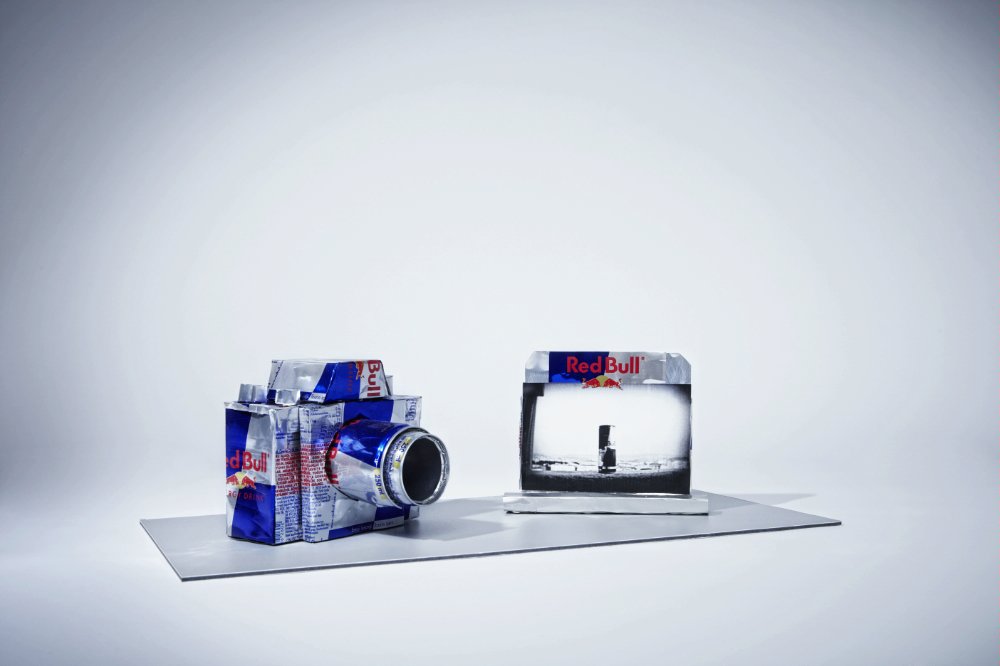

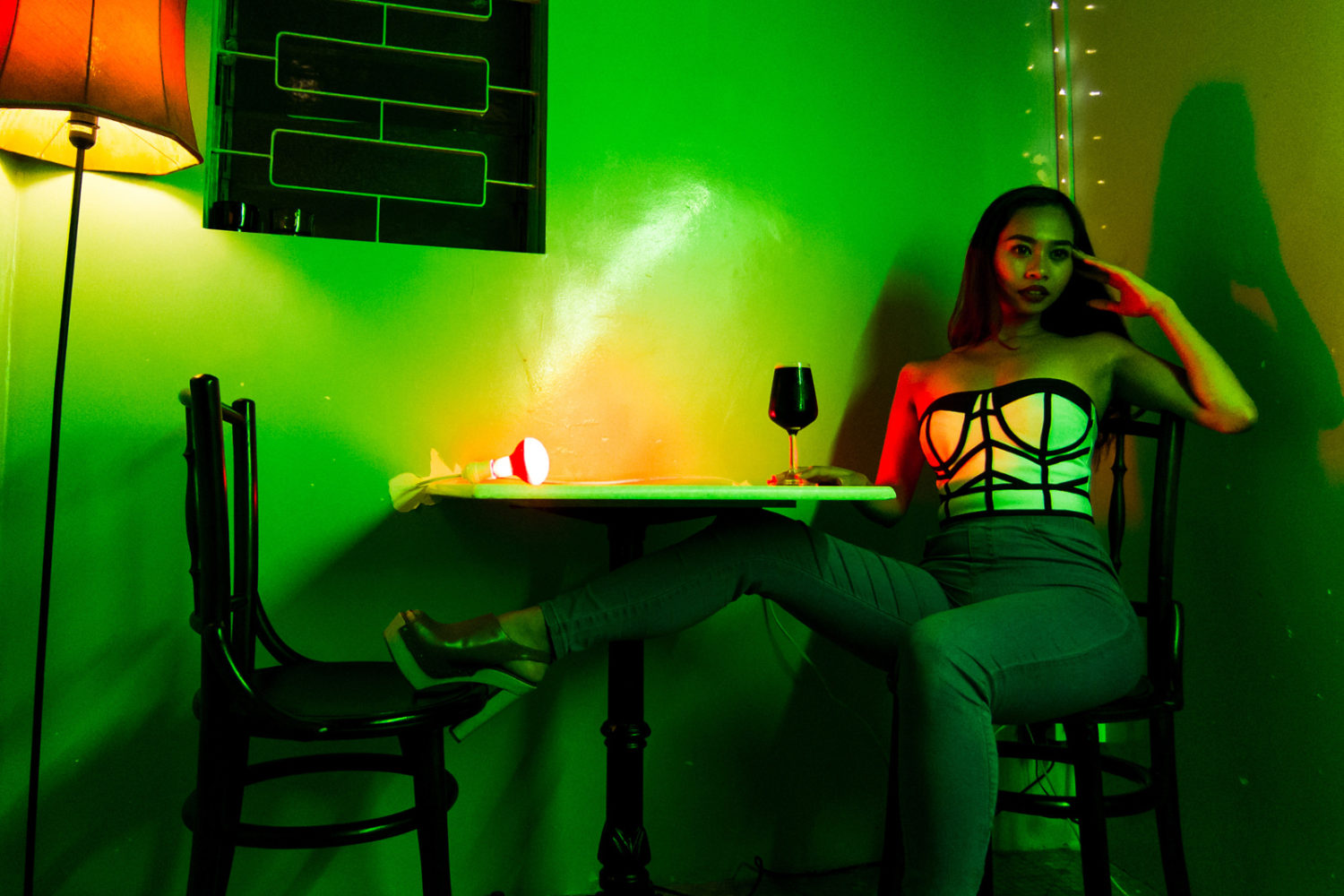
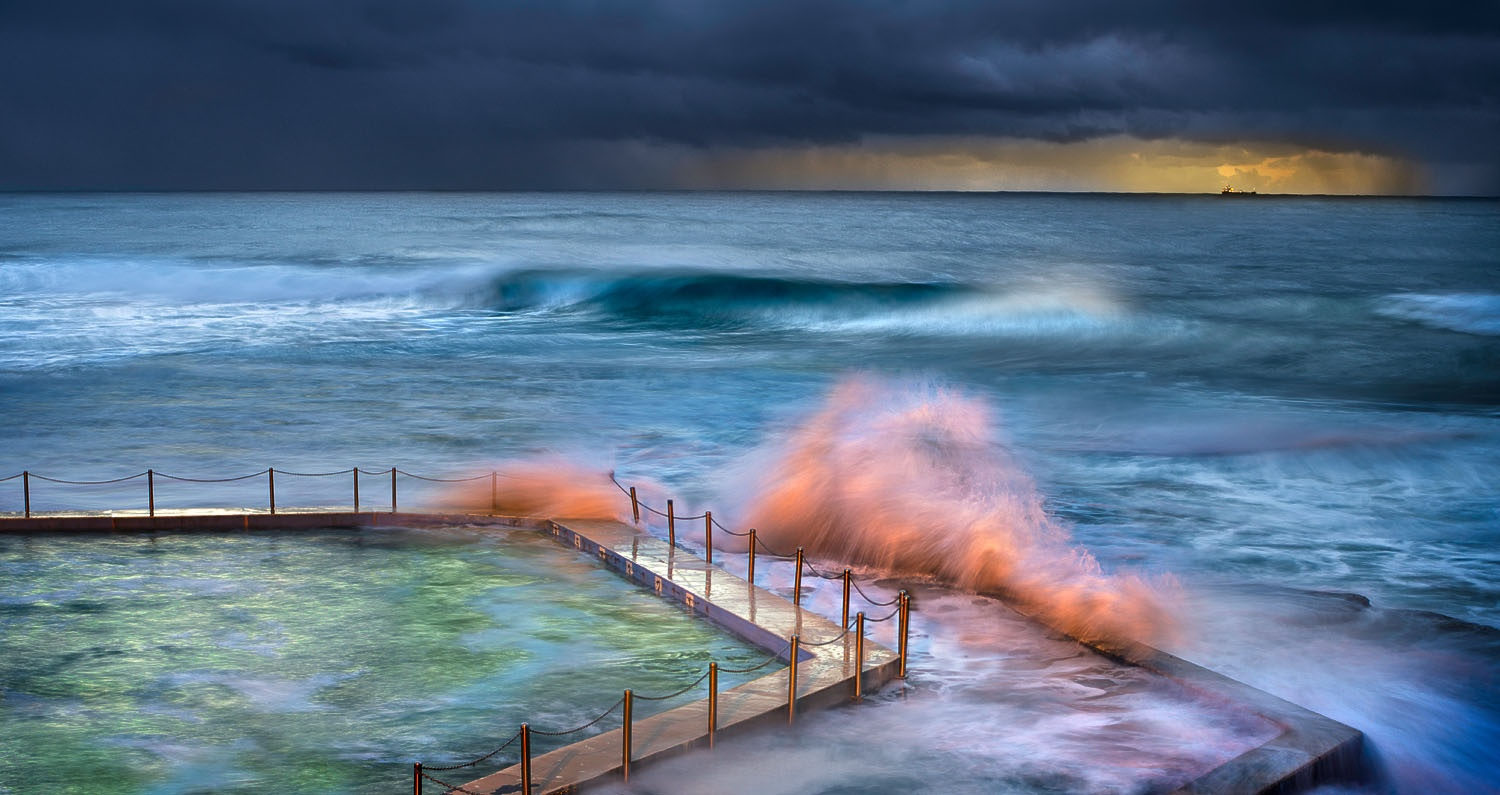
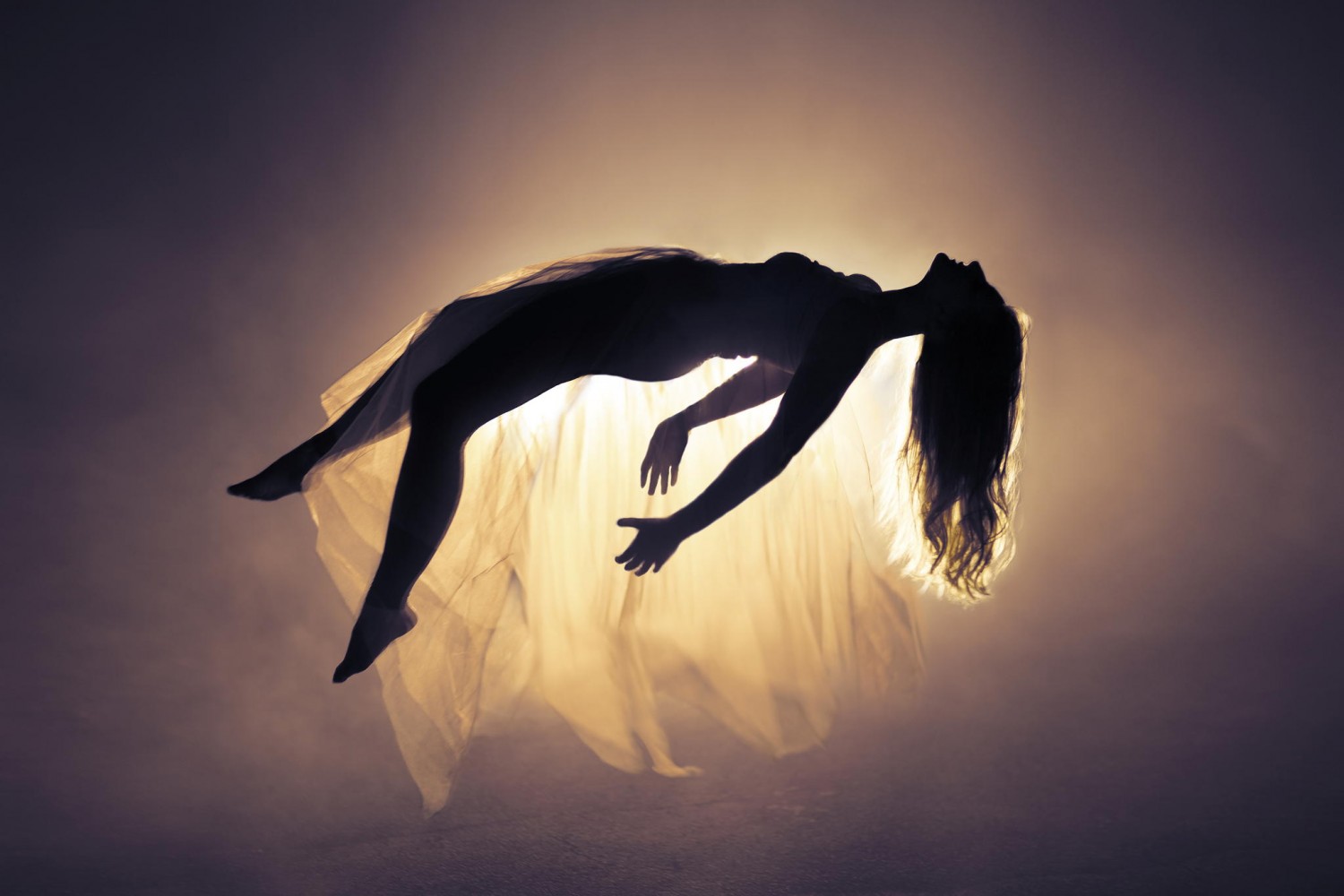
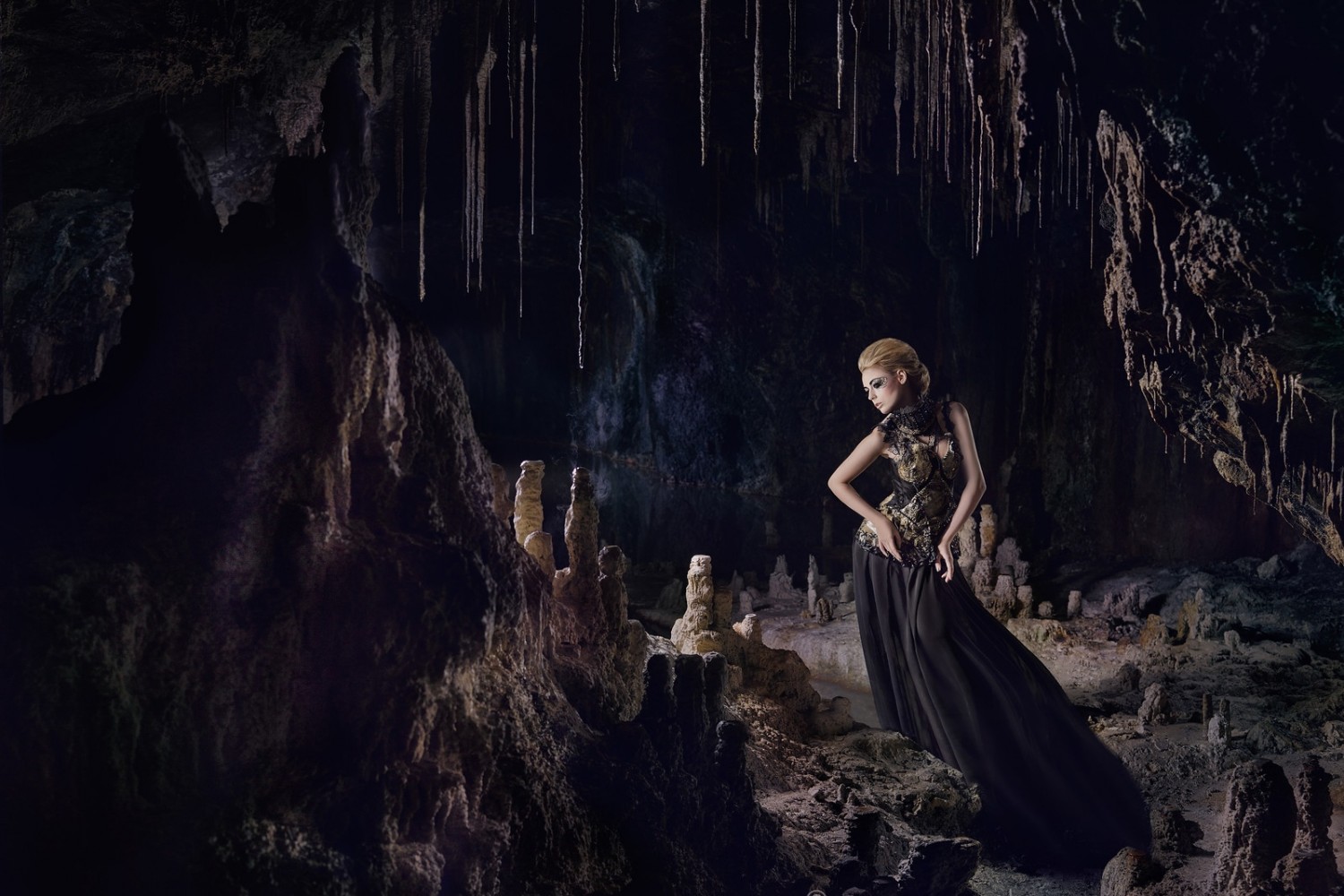

Leave a reply